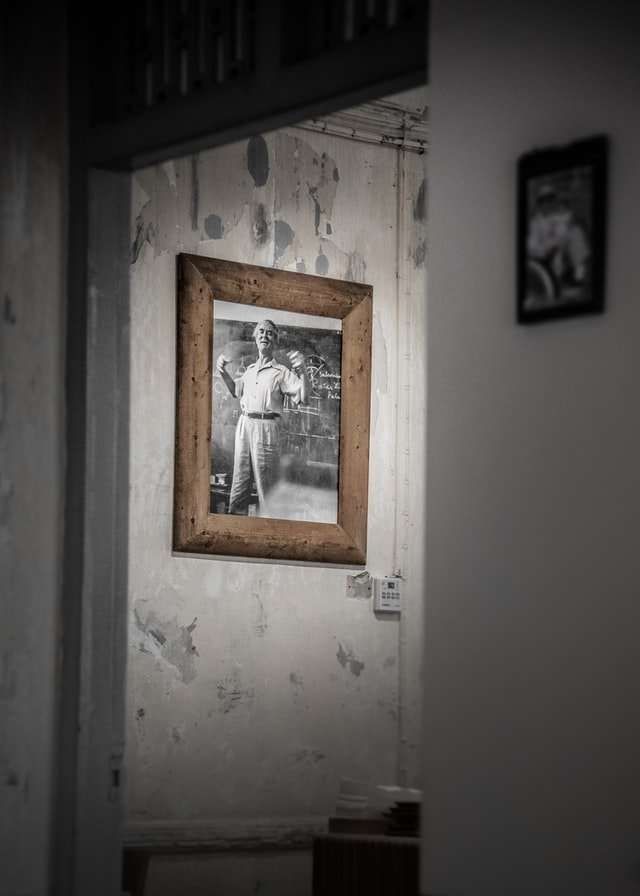Hi, I’m Olivia.
I am the owner of Love Art Gallery, a Toronto art gallery with a focus on helping clients find affordable works from contemporary artists.
As an art advisor I have helped hundreds of people find affordable, great art for their homes and offices.
I also blog about buying artwork and getting the most value for your money when you buy art.
Love Art Gallery is run by artists. We are not dealers, we are art advisors and we will always put your interests first. We love helping people discover contemporary art that they love. If you need help finding the perfect piece to bring some life into your home or office, contact us!
Art plays a complex role in our lives. As art lovers, we are drawn to it for its beauty and the experience it provides. This is especially true when we surround ourselves with art that shares our personal aesthetic sensibilities.
The problem is that as art lovers, we are also collectors, and this other side of art can be just as compelling. Art collecting provides us with an opportunity to collect beautiful things that have the potential to appreciate in value over time. However, this potential can be realized only if we buy the right work by the right artist at the right time.
Whether you’re thinking of buying your first piece of art or considering which one to add to your collection, there are three things you should know before you buy.
Art is one of the best ways to buy some expensive joy in life. The right piece at home can make you feel inspired, relaxed and happy every time you see it.
Buying art can be a difficult process. There is a lot of information to take in, as well as various elements to consider when making a purchase. The following tips will help you make an informed decision and choose something that you are sure to love.
1. Know your budget and stick to it
The first thing you will have to do should be determine your budget for the piece of art that you want to buy. This is a crucial step that can help to prevent any unnecessary financial strain later on. You should set aside a specific amount of money for the purchase and then find something that fits within this cost range. Don’t go over your budget or else it will not be worth your time or money in the long run. If you don’t have enough for anything within your budget, then it might be worth considering buying some inexpensive art for now until you can save up enough for something better suited to your tastes and needs, such as original fine art by renowned artists.**
Art is one of the most powerful ways to express yourself. It has been proven that art can improve your mood, increase focus and concentration, help you communicate better and much more. If you want to use art for self-expression, therapy or simply to beautify your home – we’ve gathered some useful tips on how to find good pieces of art.
If you are a novice collector of contemporary art you might find it hard to make the right choice when buying art online or in person. And even if you have some experience with art collecting, it is still challenging to understand what makes a piece of art valuable.
The whole process of buying and selling art can be quite tricky. That’s why we decided to write this blog – to give you some advice on how to get the value for money when buying original paintings online or offline.
The Value of Art as an Investment
So if you want to increase the value of your art collection, you must buy art that is already selling for a high price in the marketplace. There is no other way to increase its value. If you buy new emerging art, or select the pieces you like most, or spend all your time looking through catalogs, how will you know what any of that art is worth? How can you judge which artist or movement has the best chance of appreciating in value? Unless you are a professional art dealer, museum curator or have a degree in fine arts, it’s likely that your opinion about what makes good art and which artists are “hot” versus “not” will not be better than mine.
You should look at lots of art and understand why each piece has been priced the way it has. You should try to find what makes each work special and imagine how others might view it. Will they too be drawn into the beauty and mystery found within each piece? The more you understand what makes any particular piece special and different from others, the more likely it is that your opinion will be close to that of an experienced art dealer who has spent many years studying and working with these issues.
You should keep in mind that most
Always investigate the artist’s credentials. If you want a landscape, look for a painter who has been working in landscapes for quite some time. The more skill an artist has at painting a particular subject, the more valuable his art is likely to be.
The second thing to consider is how many works by this artist are available. The more available the work, the less rare and valuable it is likely to be.
Finally, think about whether you are buying the object for yourself or as an investment. If you are buying as an investment, then don’t be too concerned with quality or workmanship and go for quantity. However, if you purchase artwork because you like it, then be sure that your tastes are aligned with those of other buyer and sellers in the marketplace. You should also be aware that many artworks increase in value over time; however some may lose value over time; these differences are based on individual subject matter and personal taste.
Our team of art advisers can help you choose the just-right work of art. From picking a painting or sculpture to choosing furnishings, we’ll make sure your art is properly installed and cared for.
Tina Butler is a New York City interior designer and decorator, with an extensive background in the decorative arts. She has worked as an art adviser for over 20 years. Her clients include such notables as Bill Gates, Martha Stewart, Leonardo DiCaprio, and Steven Spielberg.
Tina’s areas of expertise include 19th century & contemporary American painting and sculpture; 20th century European painting and sculpture; photography; Antiquities; Art Nouveau & Art Deco furnishings; and Asian Art.
_____________
Name:How to pick the right moving company



